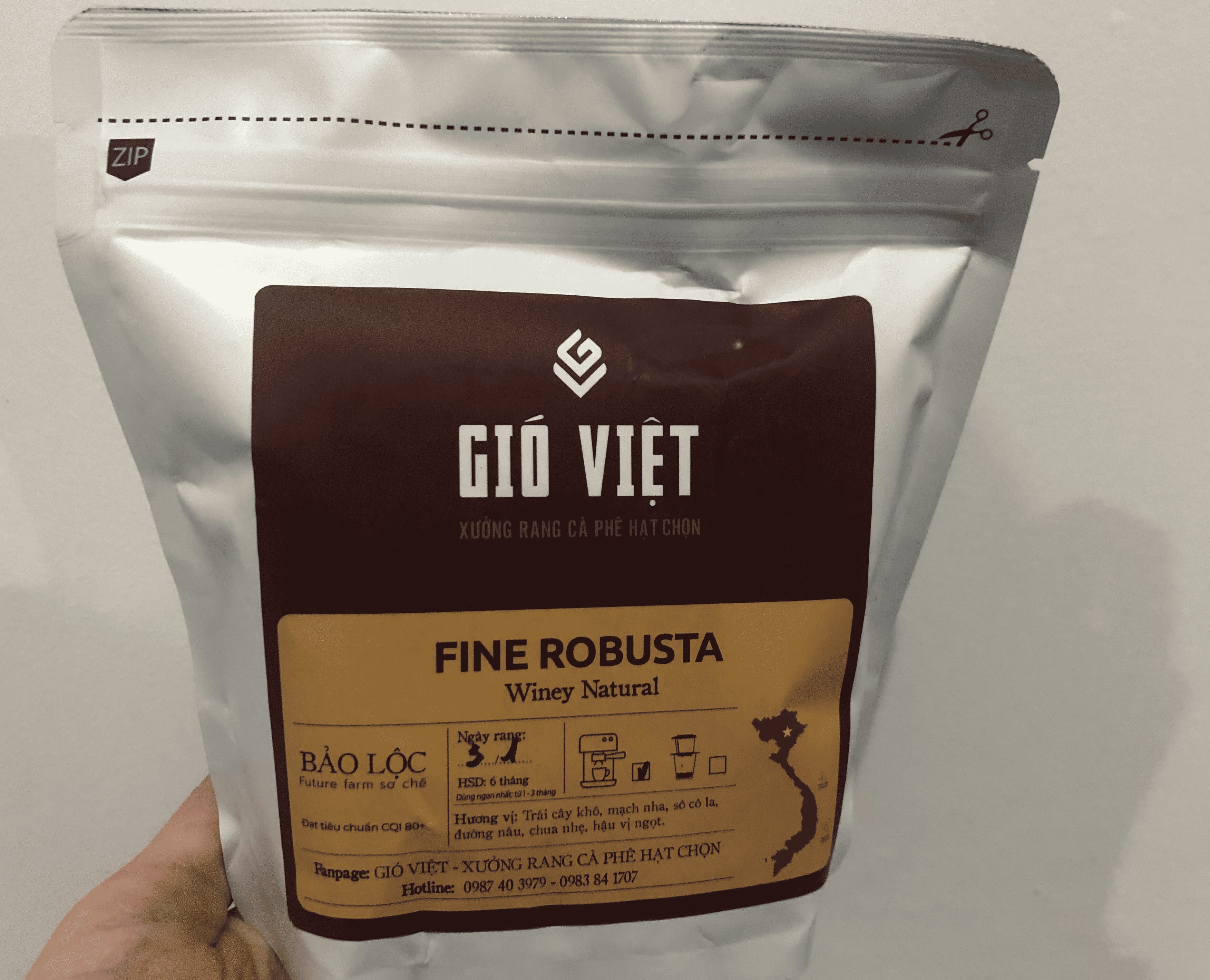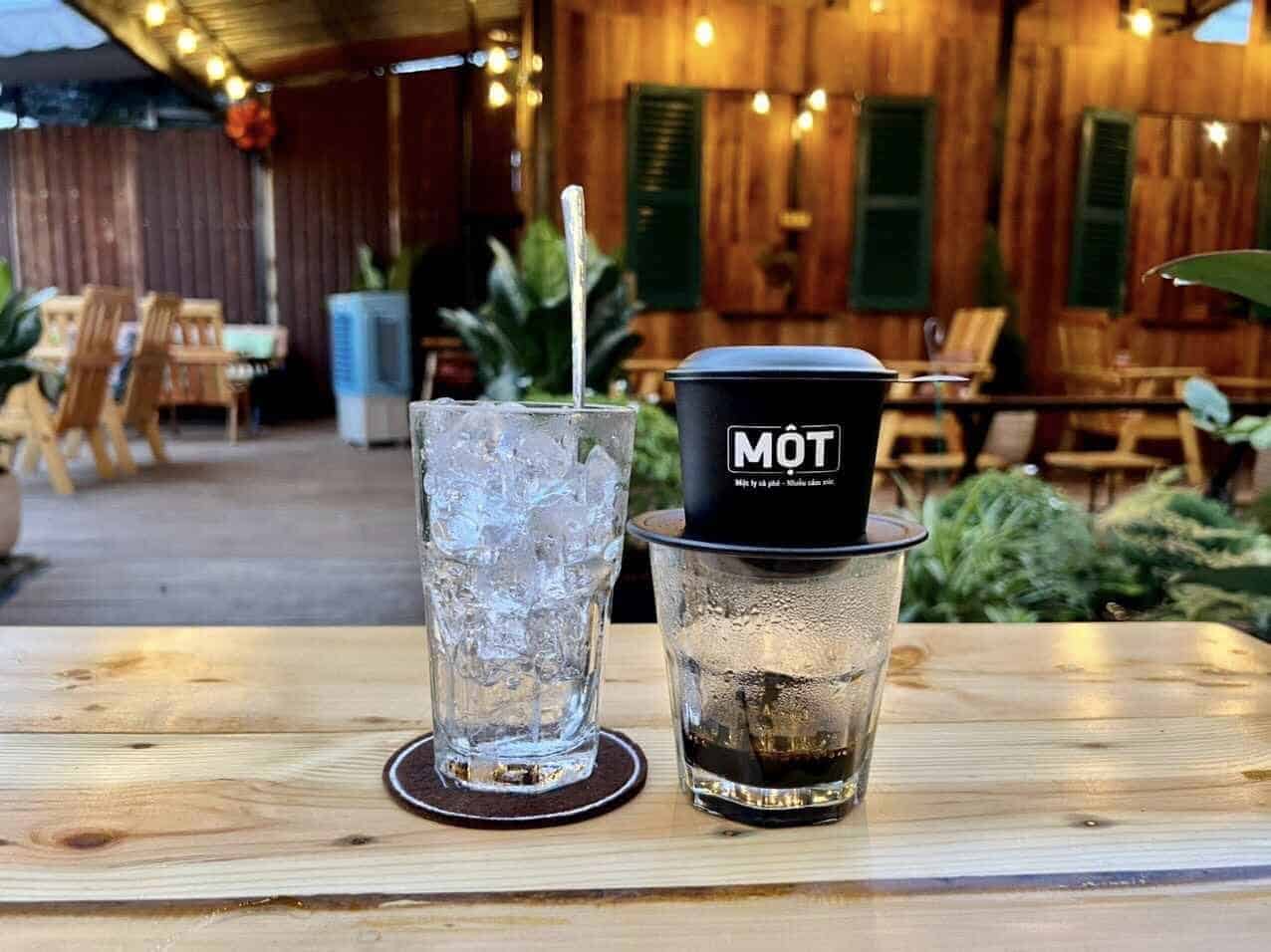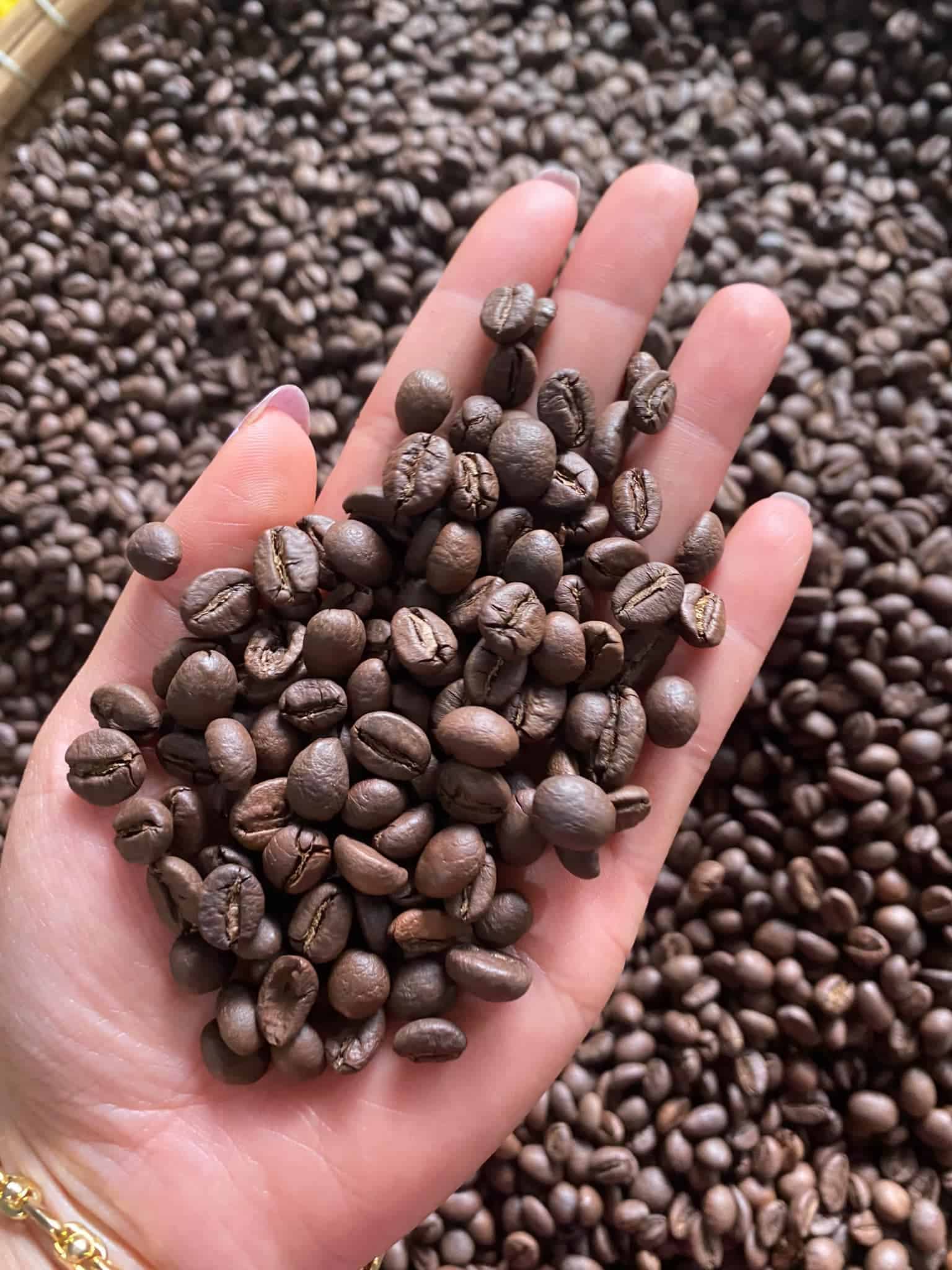How Much Caffeine in Vietnamese Coffee? Quick Answer
A standard 8-ounce cup of Vietnamese coffee made with Robusta beans can have up to 200 milligrams of caffeine or more, varying with the brew’s strength.
Now, if your question simply is “How much caffeine in Vietnamese coffee?”, it’s clear that you have the answer. But read on to find out why Vietnamese coffee is so strong.
Caffeine in Vietnamese Coffee Compared to Other Drinks
Vietnamese coffee is really strong and has more caffeine than most other coffees.
This is because it often uses a type of coffee bean called Robusta, which has more caffeine than the usual Arabica beans that many other coffees are made from.
To give you a comparison in numbers:
A typical 8-ounce (240-milliliter) cup of drip-brewed Arabica coffee contains about 95 milligrams of caffeine. The same amount of Robusta coffee might contain up to 200 milligrams of caffeine or more, depending on the brew strength.
In contrast, other caffeinated beverages have the following average caffeine content:
- Espresso (1 ounce/30 milliliters): approximately 63 milligrams of caffeine, but this is often consumed in smaller servings.
- Black tea (8 ounces/240 milliliters): about 40-70 milligrams of caffeine.
- Green tea (8 ounces/240 milliliters): about 20-45 milligrams of caffeine.
- Cola (12 ounces/355 milliliters): about 30-40 milligrams of caffeine.
- Energy drinks (8 ounces/240 milliliters): can range from 50 to 160 milligrams of caffeine.
Why is Vietnamese Coffee So Strong?
Robusta Beans

a bag of Vietnamese coffee
In Vietnam, the coffee culture is dominated by Robusta beans, making up roughly 90% of the country’s coffee production.
This is a stark contrast to the Arabica beans favored in American coffee shops.
The key difference between robusta and arabica lies in their caffeine content.
Robusta beans have a reputation for being tough and hardy, and they live up to that name with a caffeine content that’s about twice as high as that of Arabica beans.
This isn’t just a small uptick; it’s a significant boost that contributes to the strong and bold character of Vietnamese coffee.
So when you’re brewing a cup using Robusta beans, you’re not only getting a deeper, more intense flavor but also a caffeine kick that’s hard to match with your standard espresso shot.
Concentrated Brewing Method

When you’re looking to understand the kick behind Vietnamese coffee, you can’t ignore the brewing method.
It’s not just about the beans; it’s also how you turn them into that dark, aromatic liquid. In Vietnam, they use a coffee filter called a ‘phin filter.’
This little gadget is key to the coffee experience. It’s a simple metal filter that sits on top of your cup.
You add ground coffee, pour hot water over it, and let it do its thing. The water drips slowly, super slowly, through the grounds, picking up all the oils and flavors along the way.
This method doesn’t rush anything, resulting in a smaller, more concentrated serving full of flavor.
And when you add the sweet condensed milk, as most Vietnamese do, it complements the strong coffee perfectly, creating a rich, creamy beverage that’s both bold and sweet.
The phin filter takes its time, and that’s why every sip of Vietnamese coffee feels like it’s packed with more punch.
Dark Roasting (We Need To Clarify On This!)

Vietnamese coffee beans’ dark roasting process is crucial to their unique character.
These beans are roasted until they take on a very dark color, which is longer than you might see with many coffee beans used in lighter roasts.
This isn’t just for show; the extended roasting time at high temperatures changes the beans’ flavor profile, giving them the signature intensity for which Vietnamese coffee is famous.
Now, you might think that the darker the bean, the higher the caffeine content, but it’s not that straightforward.
It’s a common misconception that darker roasts have more caffeine.
In reality, the roasting process affects the density of the coffee bean. As coffee beans roast, they lose moisture and expand in size, becoming lighter.
This means lighter roasts will have more caffeine if you measure your coffee by scoops since the beans are denser than darker roasts.
However, if you weigh your portions, the caffeine content will be relatively similar across different roasts.
The caffeine content in coffee beans is relatively stable during the roasting process, but the longer roasting time for darker beans can break down more caffeine.
Therefore, when measured by scoops, a dark roast may have slightly less caffeine than a light roast.
The difference, however, is minimal, and most coffee drinkers won’t notice the difference in their cups.
So, while the dark roast contributes to the robust flavor, the brewing technique often ups the caffeine ante.

